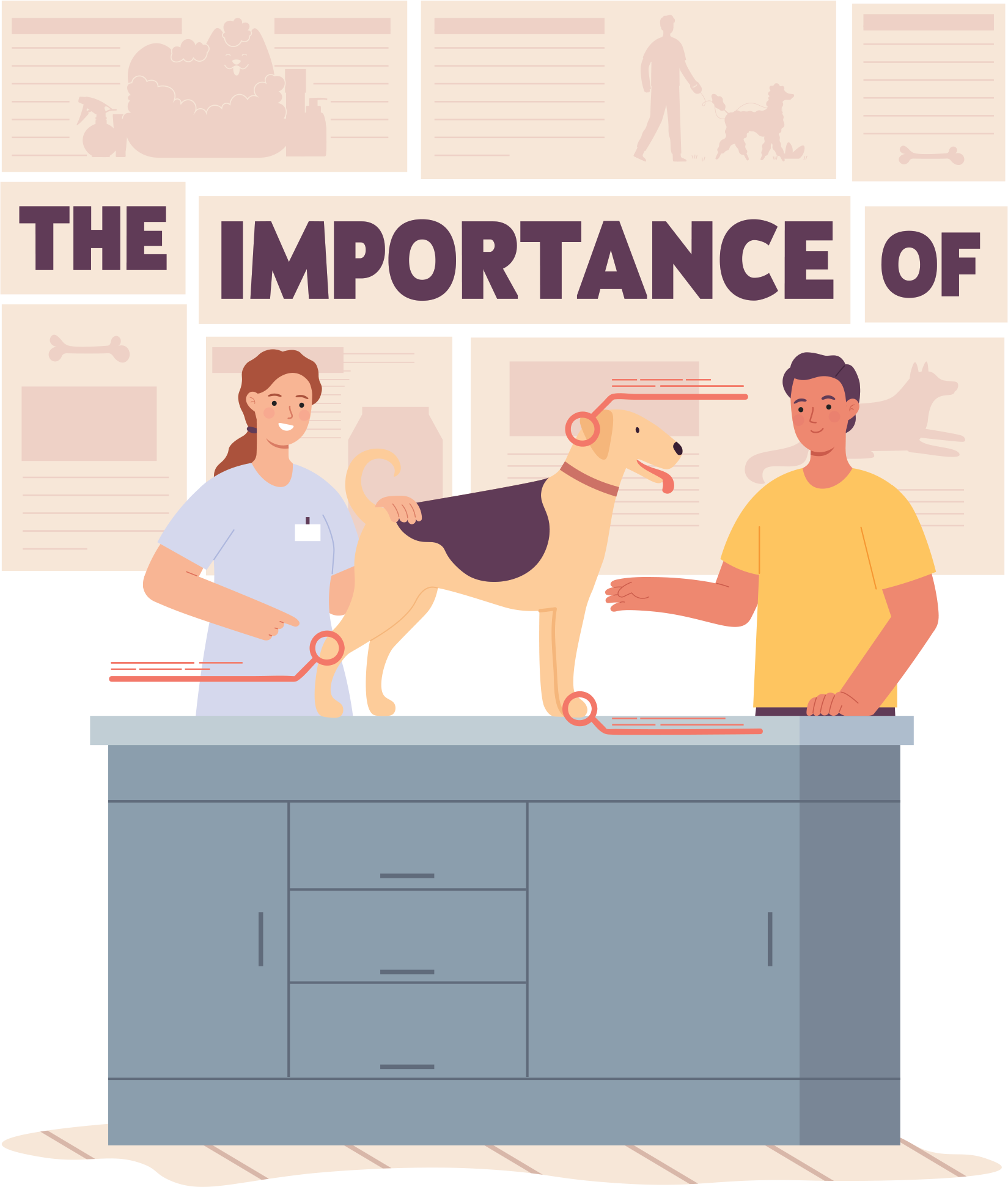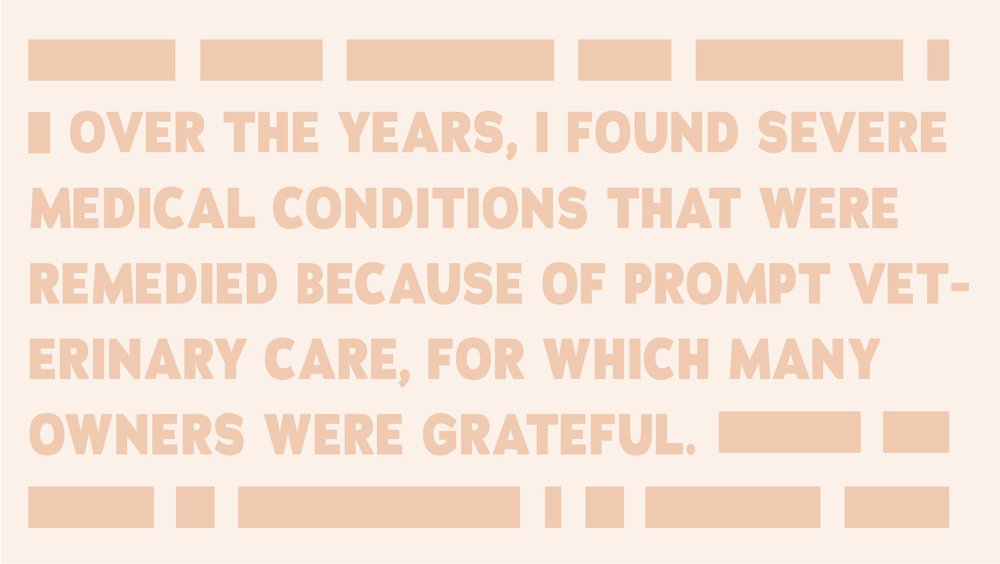

 n more than one occasion, I have rescheduled a groom due to problems found during check-in. And no income could compensate me for the mental anguish over losing a pet I groomed when I should not have, or dealing with a social media smear campaign over a pre-existing medical condition.
n more than one occasion, I have rescheduled a groom due to problems found during check-in. And no income could compensate me for the mental anguish over losing a pet I groomed when I should not have, or dealing with a social media smear campaign over a pre-existing medical condition.
My story involves a nine-year-old Maltese named Binngo with a known heart condition but had been cleared for grooming by his vet. Had I done a pet assessment before grooming, I might have noticed his gums were pale. Or, taking a peek at his gums before I turned the dryer on may have prevented Binngo from having a heart attack on my table. I may have been able to let his owner know that she should take him to her vet right away. But I didn’t, and that’s on me. Forever.
A pet assessment is a vital part of the check-in process. It is where I go from head to tail with deliberate intent and purpose to determine if they are healthy enough to groom. There may have been changes since I last saw them, especially if it is an older pet.
For new clients, do this assessment with the owner present. You want all pre-existing conditions noted before the owner leaves, as this serves to reduce “misunderstandings” between yourself and the client. The first time you perform a pet assessment it will take longer than that of an established client because you need a baseline.
highly contagious.
The first time my hands are on a pet is at their rear. I have more room to move away if just that touch is enough to start a bite response. Pay attention to body language. I guarantee you that the pet knows where it hurts, and they will anticipate the pain. Keep a muzzle close and your face at a distance. Do not risk your livelihood with a potentially career-ending bite. While you’re at the backside, check for anal cysts. They’ll look like pimples on either side of the anus.
As your hands start from the rear and work up to the front of the pet, note any lumps, bumps, cysts or warts on their body. You do not want to shave them off during the groom. Check the skin for irritations, wounds and parasites. Can you even see the skin? You have no idea what you will find once the mats are removed. Have a comb and waivers handy to illustrate where the mats are and outline the steps to remove them humanely.
Arthritis or leg injuries will cause pain when moved or touched, and a pet in pain can bite. Pain in the spine can be neurological in origin. Check pads for ingrown nails, debris or cuts. Even well-behaved pets may have feet issues.

Move up to the ears. Foul odor, redness, discharge and head-shaking are all signs of an ear infection. I will not clean ears in this condition without vet clearance. Very thick-looking ears may be a hematoma or severe matting. Use caution when removing severe matting from the ear, as blood vessels could rupture when pressure from mats
is released.
Since the teeth are located where the mouth is, end up here last, as you will have a better idea of this pet’s temperament by then. Gums should be bubblegum pink, except for those breeds with mottled or dark gums, such as Chows Chows and Springer Spaniels. A yellowish tinge may indicate liver failure. This pet should have been at the vet months ago. Bluish is hypoxic which indicates poor blood flow or trachea issues. Red gums may indicate the beginnings of heat stroke. Pale gums indicate shock, poor blood flow and circulation, and immediate heart conditions. Teeth in poor shape cause mouth pain, which, in turn, creates snappy dogs. Please take this opportunity to educate your clients on dental care and why their pet is in pain.
Encourage your clients to continue this at home. Their pet stands a better chance of recovery when problems are brought to light, as early detection means early intervention. Recommend any concerns found be followed up at their vet and keep notes on their client card.
As a result of Binngo’s death, I became a pet first aid instructor and instituted a thorough check-in process for my clients. Over the years, I found severe medical conditions that were remedied because of prompt veterinary care, for which many owners were grateful. Knowing where the problematic areas are for a pet before a groom helps to keep you safe as well!

